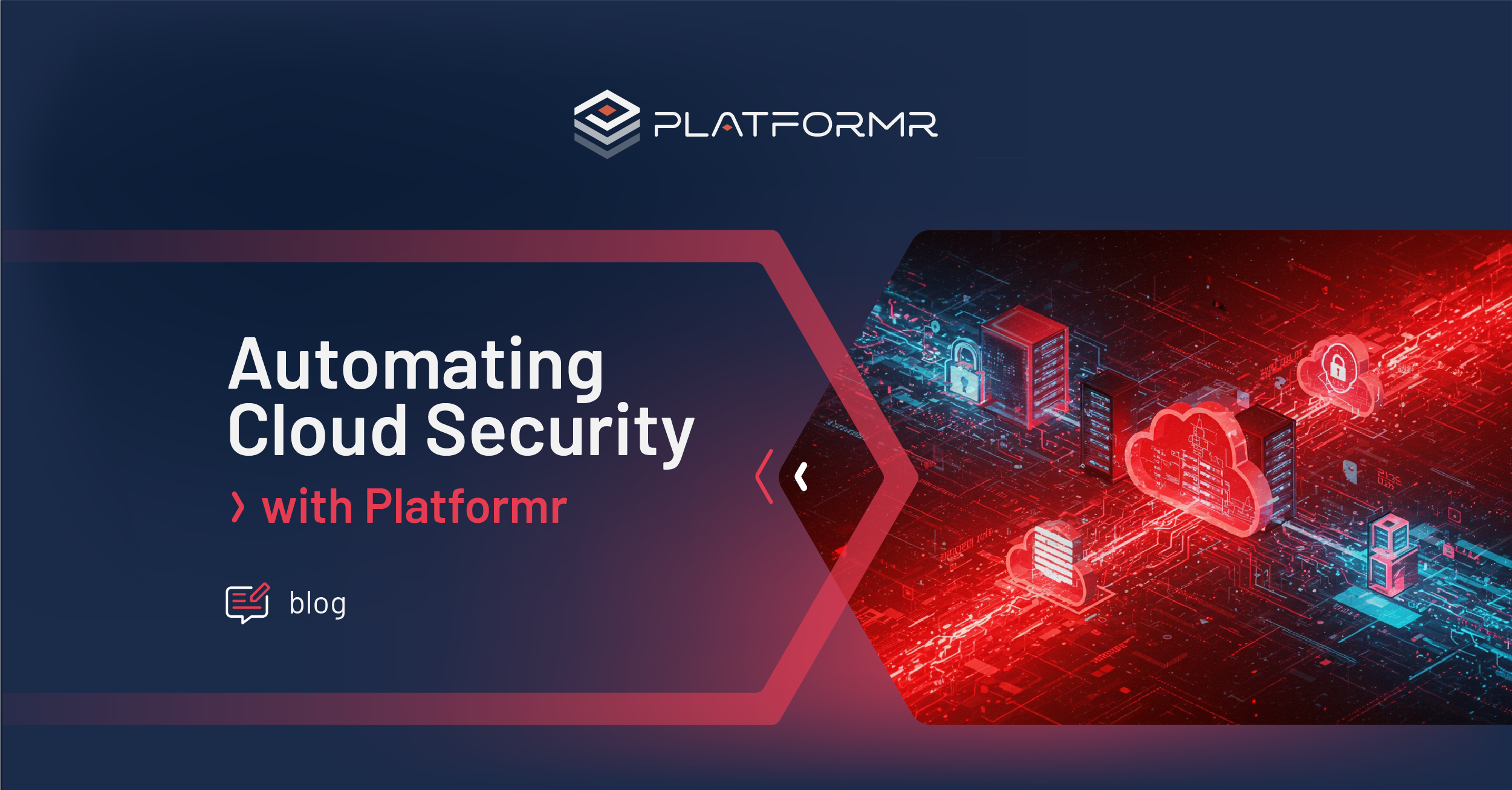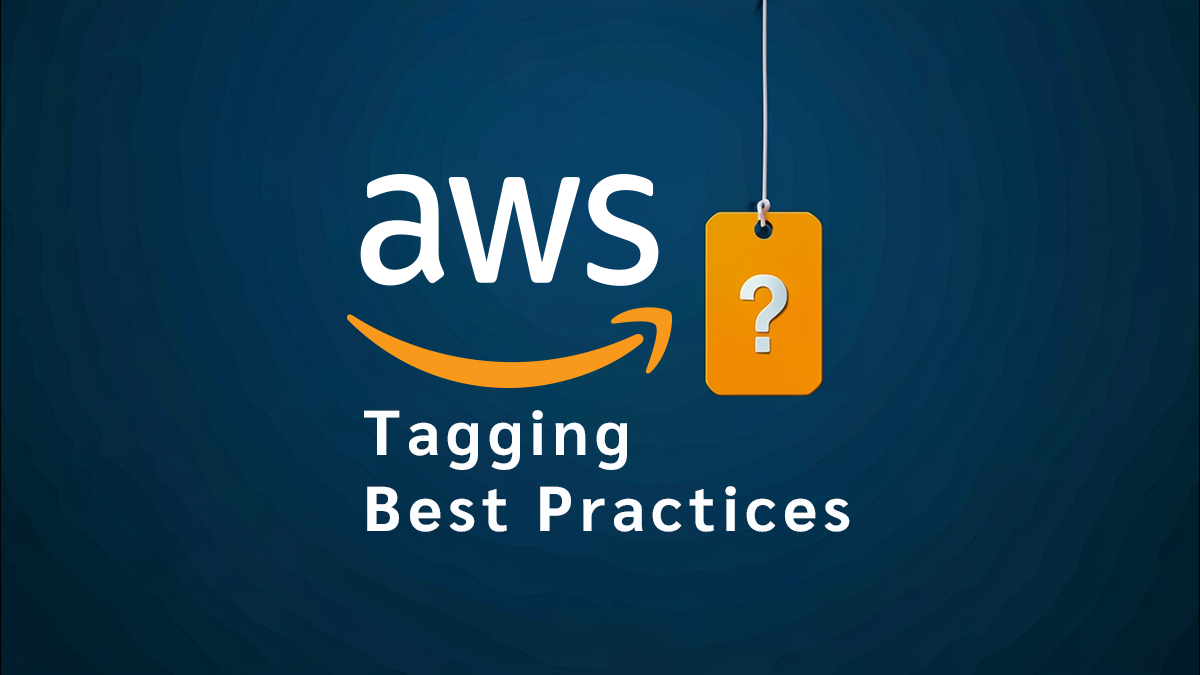The Future of Cloud Architecture is Platforms
Since exiting my security startup, I spend a lot of my free time tinkering with all sorts of “best of breed” technologies. Yes, I am a geek.
A few months ago, one of my servers got hacked. In my quest to play and experiment, I turned off some key security controls. It did not take long for the hacker to exploit my error. Like many others, I had manually built the cloud environment, relying on YouTube tutorials and ad-hoc decisions. Unsurprisingly, the result was a collection of misconfigured, insecure systems. Getting hacked was inevitable. Fortunately, nothing critical was impacted.
Follow Us
When Cloud Misconfiguration Leads to Serious Hacking
Contrast my experience with that of January 2023, when T-Mobile experienced a massive breach, exposing sensitive data of over 30 million customers. The cause? A misconfiguration in a cloud environment that was eerily like my own. Cloud misconfigurations, often stemming from human error, are becoming a leading source of cyberattacks. In the rush to launch, developers and engineers frequently overlook critical details, creating fertile ground for breaches.
While human error is inevitable, there are ways to mitigate it. Standardized systems reduce the complexity and risk inherent in manually built environments.
How Platforms Deliver Value: Outsourced Expertise
I am physically and intellectually able to put a new roof on a house. However, I would never live in a house with a roof I built. At best, my roofing skills are amateur.
Likewise, just because you can build a cloud environment does not mean you should. Unless your core business is cloud architecture, outsourcing that expertise saves you a lot of hassle and gives you far better results. While many companies attempt it, in-house efforts are generally amateur at best.
“Just because you can build a cloud environment does not mean you should. Unless your core business is cloud architecture, outsourcing that expertise saves you a lot of hassle and gives you far better results.”
This is why platforms like Microsoft Office and Salesforce dominate their markets. They deliver integrated, professional-grade solutions that are far more effective and efficient than anything you could build yourself. They also free up your resources and development teams to focus on more important deliverables for your business.
The Myths of Sunk Costs and “Best of Breed”
Still, many IT teams persist with their cobbled-together environments because of two enduring misconceptions:
- Sunk Costs: Teams hesitate to abandon environments they have invested time and money into, even if they are inefficient or insecure.
- Best of Breed: The belief that assembling a suite of the “best” individual tools will yield superior results. This is only true if you have the (extensive) resources to implement, integrate, manage, optimize, and maintain that patchwork of products.
These two misconceptions conspire to keep companies tethered to clumsy systems that are a few misconfigurations away from a T-Mobile-sized breach.
Evaluating Opportunity Costs and Embracing Best Practices
The antidote to these two misconceptions is to reorient your organization to address opportunity cost and best practices.
- Opportunity Cost: If you burn time and money on building (poorly configured) cloud architecture, you will have fewer resources left to focus on mission-critical efforts. Using platforms optimizes your resources.
- Best Practices: If you follow best practices when building new systems, you can be confident those environments are robust and secure. The challenge is learning, implementing, and optimizing those best practices. Platforms cut out an excruciating–and expensive–learning phase, allowing you to immediately adopt proven best practices from experts.
In other words, platforms not only do more with less, but they also do it better than you ever could on your own.
“Platforms cut out an excruciating–and expensive–learning phase, allowing you to immediately adopt proven best practices from experts.”
Conclusion: Platforms Are the Future
The shift toward platforms is not new. The tech industry has long moved toward standardization and optimization, with the Internet itself standing as a prime example. After spending a week rebuilding my WordPress servers, I took my own advice and transitioned to a hosted platform. Now, I have more time for what truly matters, like helping companies realize that platforms are not just the future but a smarter choice for today’s IT teams.
– Andrew Plato, CEO/Founder, Zenaciti
About the Author
Andrew Plato is an experienced CEO, founder, and author, as well as a pioneer in cybersecurity who redefined the industry’s landscape. In 1995, he founded Anitian, one of the first cybersecurity companies, and drove innovation in security technologies such as intrusion detection, endpoint security, and cloud security. His vision for security culminated in the creation of a groundbreaking automated platform that revolutionized the speed and accuracy of deploying secure cloud environments. In 2019, Andrew spun out his technical due diligence and industry analysis practice to Zenaciti, which provides actionable business and security intelligence to leaders, investors, or organizations worldwide. Plato is the author of “The Founder’s User Manual: Practical Strategies for the Startup Leader” and a strategic advisor to Platformr.







